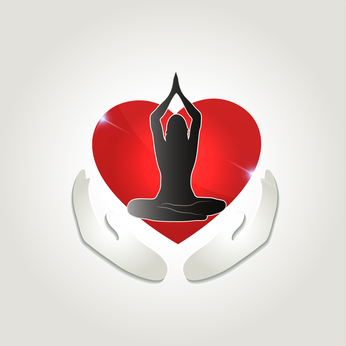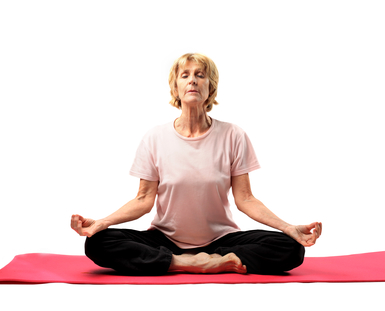Living a Happy Life with Fibromyalgia or Chronic Pain
A chronic pain diagnosis can sneak up from nowhere, throwing our lives into a whirlwind. You might feel overwhelmed, depressed or even terrified. Perhaps you’re uncertain of where to turn for help coping with your symptoms.
 If this sounds familiar, you’re not alone. Hundreds of millions of people live with chronic pain. In the United States alone, tens of millions of individuals suffer from fibromyalgia – just one of many conditions which can cause long-term pain. If you have fibromyalgia, chronic pain or any associated conditions, keep reading for some ideas for how to improve your quality of life.
If this sounds familiar, you’re not alone. Hundreds of millions of people live with chronic pain. In the United States alone, tens of millions of individuals suffer from fibromyalgia – just one of many conditions which can cause long-term pain. If you have fibromyalgia, chronic pain or any associated conditions, keep reading for some ideas for how to improve your quality of life.
Maintaining a healthy diet is one of the simplest – yet quickest – ways to manage chronic pain and other troubling symptoms of fibromyalgia. Simply put, when you feed your body wholesome, nutritious foods, you’re giving it the fuel it needs for healthy organ function, fighting off illness, and even healing. Enhancing your diet with a few select superfoods can help with fibromyalgia pain, and you probably already have many of them in your kitchen! Red grapes have a compound called resveratrol that helps keep muscle tissue strong, ginger and cherries have natural pain-fighting properties, and fish rich in omega-3s gives your brain the boost it needs to send relief to tender spots when they send pain signals. Similarly, there are lots of foods that have anti-inflammatory properties – like whole grains, leafy greens, tomatoes and olive oil – which should replace all or most of the processed foods consumed by fibromyalgia sufferers. That’s because the additives in processed foods may increase pain sensitivity, making physical discomfort feel even worse. If you’re enduring chronic pain, it’s critical that you take a look at your diet, and choose nutritious, natural foods over unhealthy, high-processed foods as often as you can.
Despite our best efforts to take care of ourselves, when your health starts to feel out of control, you might find yourself frustrated with your physical body and your life. During these difficult times, experts say it can be helpful to refocus your mind.
Author and transformational coach Sean Meshorer recommends redefining the things that make us happy. Meshorer can speak to the power of the bliss method from his own personal experiences living with chronic pain. This allowed him to develop “the bliss method” which completely focuses on finding happiness, contentment and peace – all without depending upon external factors.
By refocusing our minds to search for happiness within ourselves, we can better cope with our chronic pain. These techniques also help ease the depression, anxiety and fear that can come with our diagnosis, and help keep us from practicing harmful coping methods – like turning to our prescription pain pills – for comfort. In fact, you may be able to ease up some of your pain naturally via vitamins B, C, and D. If you aren’t already taking a vitamin supplement, it is worth looking into. There are several trusted brands, such as Ceregumil Vitamix Plus, which are great for joint pain.
Dr. Joseph Christiano, ND, CNC, agrees. “Refocusing the brain, using mental imagery, and practicing [breathwork],” he says, “are a few of the many techniques used for managing chronic pain in order to thrive while moving closer to pain-free living.”
Once you begin shifting your attention to the positive aspects of your life, you’ll find it easier to tap into your own potential for happiness. This is a skill that can be learned. Start by getting a piece of paper and a pencil, and creating a list of all the enjoyable things you can still do despite your chronic pain diagnosis.
Your personal reasons to stay positive might include having a warm, loving relationship or finding creative, new ways to serve humanity. Write down your favorite show to binge on Netflix. Be sure to include relaxing in bed with high thread count sheets, if that’s your ideal day. Whatever it is that brings you joy, write it down – and don’t be afraid to get creative. These are the things that will give you hope each day.
Many people also find a sense of calm, purpose and well-being by helping others. For some of us, that could mean blogging about our illness, with the underlying hope that others with chronic pain will realize they’re not alone. If you’re not a writer, you can still help others by donating to your favorite charity or finding other ways to help those in need.
Wh y are these techniques so powerful? The answer might have something to do with cortisol, the stress hormone. Many doctors now screen chronic pain patients for cortisol levels. Cortisol levels can be naturally reduced through lowering environmental stress factors. Activities such as yoga, meditation and massage also help by stimulating a calming neurotransmitter in the brain.
y are these techniques so powerful? The answer might have something to do with cortisol, the stress hormone. Many doctors now screen chronic pain patients for cortisol levels. Cortisol levels can be naturally reduced through lowering environmental stress factors. Activities such as yoga, meditation and massage also help by stimulating a calming neurotransmitter in the brain.
As you can see, there are various ways to cultivate hope and happiness, even with a chronic pain diagnosis. From yoga to bodywork, from acupuncture to meditation, try a variety of practices until you find something that works for you. As always, check with your doctor before trying any new activity or holistic treatment method. You’ll want to make sure it is safe for your personal condition, and that it won’t contribute to further pain or illness.
If you have a chronic pain diagnosis, you can still live a blissful life. Don’t give up; use the tips above to train your brain. Keep searching for things that bring you joy. Your body and mind will thank you for it.
Henry Moore is the co-creator of FitWellTraveler. The site blends two of his favorite subjects (travel and health) to provide readers with information about how to get the most out of both.
References
http://www.health.com/health/gallery/0,,20705881,00.html
http://www.prevention.com/health/health-concerns/diet-tips-fibromyalgia
http://bodyredesigning.net/how-to-thrive-when-battling-chronic-illness.asp
https://www.practicalpainmanagement.com/pain/cortisol-screening-chronic-pain-patients
http://healthyeating.sfgate.com/eating-healthy-important-7166.html
http://www.aarp.org/food/diet-nutrition/info-03-2011/pain-fighting-foods.html
http://www.health.com/health/gallery/0,,20705881,00.html
https://www.healthcentral.com/article/vitamins-b-c-d-may-prevent-pain
http://www.drugrehab.org/the-45-warning-signs-of-prescription-drug-abuse/


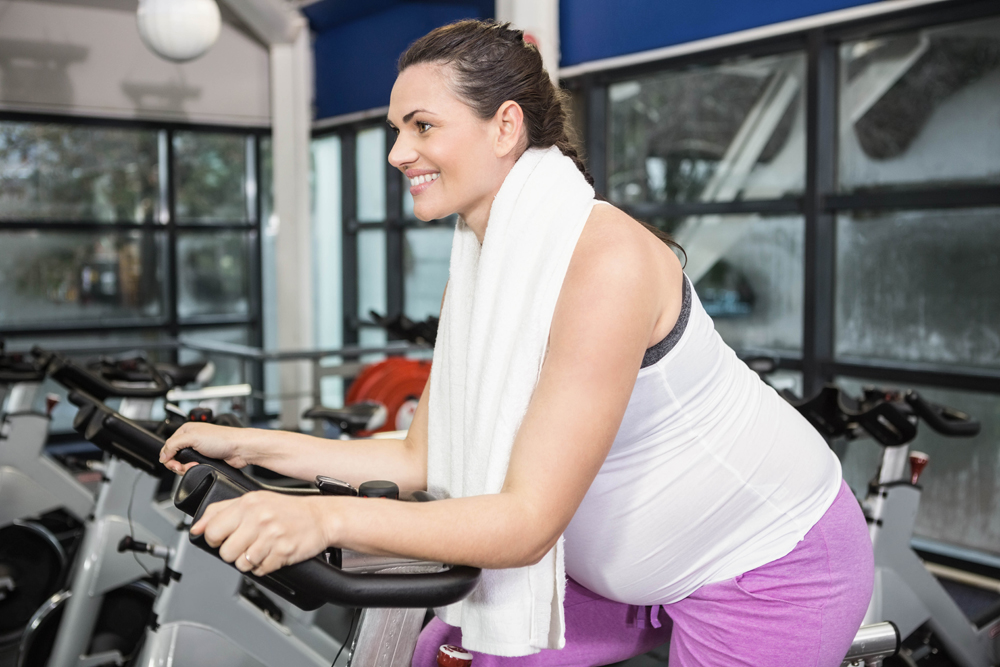
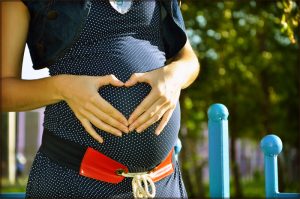 Pregnancy can be a joyous time for women and it is also a period where the body experiences many significant changes. Since exercise can be beneficial to the mother in managing stress and staying healthy, it is important to for every pregnant woman to get clearance from their physician for both starting a new exercise program and/or maintaining her existing one.
Pregnancy can be a joyous time for women and it is also a period where the body experiences many significant changes. Since exercise can be beneficial to the mother in managing stress and staying healthy, it is important to for every pregnant woman to get clearance from their physician for both starting a new exercise program and/or maintaining her existing one.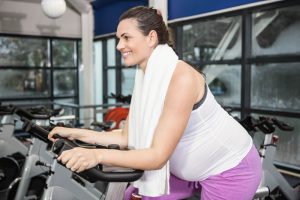 Examples of some exercises that you can do safely while you are pregnant are walking, water workouts, stationary bicycling, yoga and Pilates. Walking is a good option for many pregnant women because it is easy on the joints and muscles and it also gives a total body workout. If however you have low back pain you might consider wearing a pregnancy support belt and/or water workouts to reduce stress on the back. The water supports your weight so you avoid injury and muscle strain. For those who like bicycling and want to continue, stationary bicycling is a great alternative to avoid falls. Modified yoga and Pilates are great for reducing stress, improving flexibility, and focused breathing. Keep in mind that balance poses/exercises can be challenging due to a shift in the center of gravity caused by a growing belly, so it is okay to modify to accommodate this change. Pregnant women should also avoid poses that require them to be still or lie on their back for long periods.3
Examples of some exercises that you can do safely while you are pregnant are walking, water workouts, stationary bicycling, yoga and Pilates. Walking is a good option for many pregnant women because it is easy on the joints and muscles and it also gives a total body workout. If however you have low back pain you might consider wearing a pregnancy support belt and/or water workouts to reduce stress on the back. The water supports your weight so you avoid injury and muscle strain. For those who like bicycling and want to continue, stationary bicycling is a great alternative to avoid falls. Modified yoga and Pilates are great for reducing stress, improving flexibility, and focused breathing. Keep in mind that balance poses/exercises can be challenging due to a shift in the center of gravity caused by a growing belly, so it is okay to modify to accommodate this change. Pregnant women should also avoid poses that require them to be still or lie on their back for long periods.3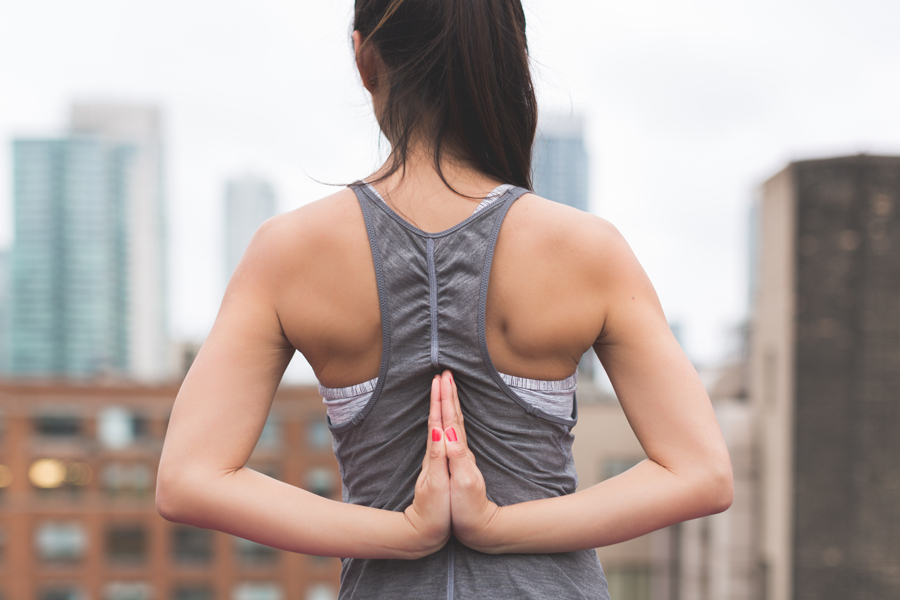

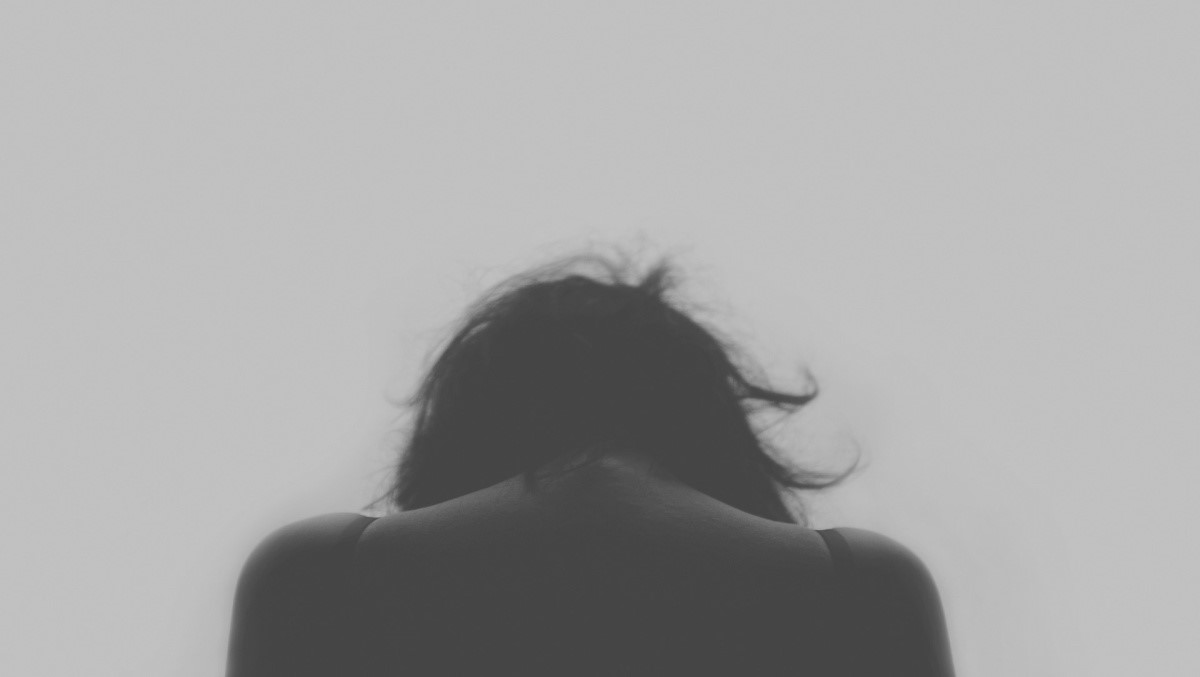
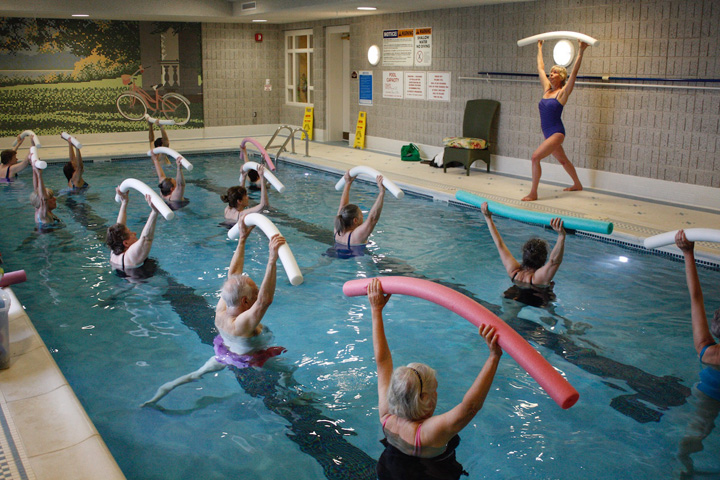

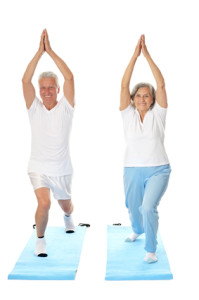 gentle yoga practice is an ideal type of movement for sufferers of arthritis because of the mindful nature of the practice. An estimated 46 million Americans suffer from at least one of the more than on hundred types of arthritis with two most common types being osteoarthritis and rheumatoid arthritis. Movement is essential for those afflicted with arthritis, but doing too much activity may result in more pain. Often, those afflicted with arthritis tend to be more de-conditioned, perhaps avoiding movement because it results in more pain.
gentle yoga practice is an ideal type of movement for sufferers of arthritis because of the mindful nature of the practice. An estimated 46 million Americans suffer from at least one of the more than on hundred types of arthritis with two most common types being osteoarthritis and rheumatoid arthritis. Movement is essential for those afflicted with arthritis, but doing too much activity may result in more pain. Often, those afflicted with arthritis tend to be more de-conditioned, perhaps avoiding movement because it results in more pain. 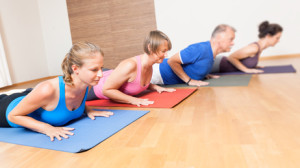 As with any new activity, consult your physician before starting a yoga practice. There may be certain limitations that your doctor may tell you about depending on your medical history. There are many types of yoga practices, not all of them appropriate for arthritis sufferers, so look for an instructor that has been trained in a more gentle or therapeutic style and also that has experience winking with people with arthritis. It may only take as little as 5 minutes a day to begin to see positive results! A well trained therapeutically oriented instructor will be able to guide you into a practice that fits your needs and adjust it along the way as needed.
As with any new activity, consult your physician before starting a yoga practice. There may be certain limitations that your doctor may tell you about depending on your medical history. There are many types of yoga practices, not all of them appropriate for arthritis sufferers, so look for an instructor that has been trained in a more gentle or therapeutic style and also that has experience winking with people with arthritis. It may only take as little as 5 minutes a day to begin to see positive results! A well trained therapeutically oriented instructor will be able to guide you into a practice that fits your needs and adjust it along the way as needed.